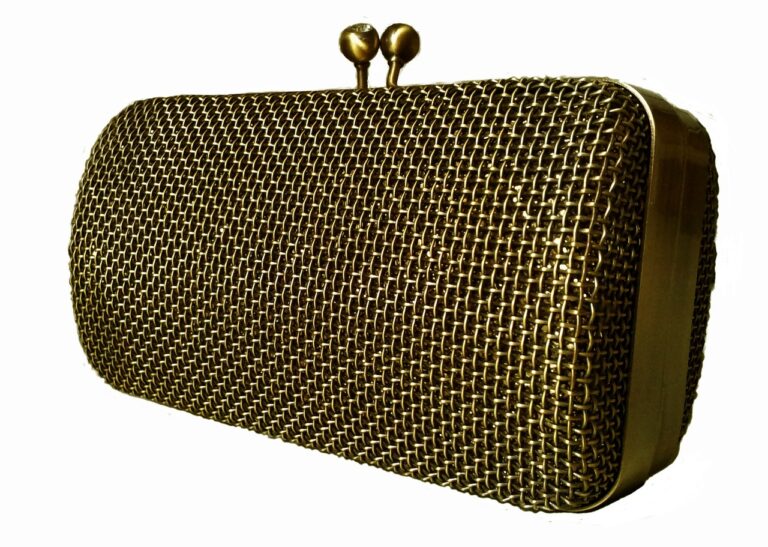Exploring the Future of 3D Printed Clothing
3D printing technology has significantly revolutionized the fashion industry by offering innovative solutions for clothing production. Designers and manufacturers are now able to create intricate designs and unique pieces that were previously impossible to achieve using traditional manufacturing methods. This technology allows for greater customization and personalization, as garments can be tailored to individual preferences and body measurements with precision.
Moreover, 3D printing enables a more sustainable approach to fashion production by reducing material waste and energy consumption. The ability to produce clothing on-demand helps minimize overproduction and excess inventory, contributing to a more environmentally friendly and cost-effective production process. As sustainability becomes a growing concern in the fashion industry, 3D printing offers a promising solution to address these challenges while also fostering creativity and innovation in design.
Advantages of 3D Printed Clothing
3D printed clothing offers endless design possibilities that were previously unimaginable with traditional garment manufacturing methods. Designers can create intricate and complex shapes, patterns, and textures with the precision of 3D printing technology, allowing for truly unique and personalized pieces. This customization aspect not only caters to individual style preferences but also opens up new avenues for personalized sizing and fit, addressing the issue of one-size-fits-all garments.
Moreover, 3D printed clothing is environmentally friendly as it minimizes waste during production. Unlike conventional methods that often result in excess fabric scraps and unsold inventory, 3D printing only uses the exact amount of material needed for each piece, reducing the overall environmental impact of the fashion industry. Additionally, the ability to easily recycle and reuse materials in 3D printing further contributes to a more sustainable approach to fashion production.
Challenges in Adopting 3D Printed Clothing
Despite the numerous benefits that 3D printed clothing can offer, there are several challenges that may hinder its widespread adoption in the fashion industry. One of the main obstacles is the high initial costs associated with acquiring and maintaining 3D printing technology. Many fashion designers and manufacturers may find it financially prohibitive to invest in this cutting-edge technology, especially if they are uncertain about the return on investment.
Additionally, the lack of standardized sizing and fitting issues pose a significant challenge for 3D printed clothing. Unlike traditional manufacturing methods where standard sizes are prevalent, 3D printing allows for customization based on individual body measurements. However, this customization process can be time-consuming and complex, leading to delays in production and potential dissatisfaction among consumers. Finding a balance between customization and efficient production remains a key challenge for the widespread adoption of 3D printed clothing in the fashion industry.
• High initial costs associated with acquiring and maintaining 3D printing technology
• Uncertainty about return on investment for fashion designers and manufacturers
• Lack of standardized sizing and fitting issues
• Time-consuming and complex customization process for individual body measurements
• Delays in production due to customization
• Potential dissatisfaction among consumers
• Balancing customization and efficient production
What is 3D printing technology in the fashion industry?
3D printing technology in the fashion industry refers to the process of creating clothing and accessories using specialized 3D printers that build up layers of material to create a finished product.
What are some advantages of 3D printed clothing?
Some advantages of 3D printed clothing include customization, reduced waste, faster production times, and the ability to create complex designs that may be difficult or impossible to achieve using traditional manufacturing methods.
What are some challenges in adopting 3D printed clothing?
Some challenges in adopting 3D printed clothing include the high cost of equipment and materials, limitations in the types of materials that can be used, concerns about the durability and comfort of 3D printed garments, and the need for specialized design skills to create printable designs.
How can the fashion industry overcome the challenges of adopting 3D printed clothing?
The fashion industry can overcome the challenges of adopting 3D printed clothing by investing in research and development to improve materials and printing techniques, collaborating with technology companies to develop more affordable 3D printing solutions, and providing training and support to designers interested in working with 3D printing technology.







